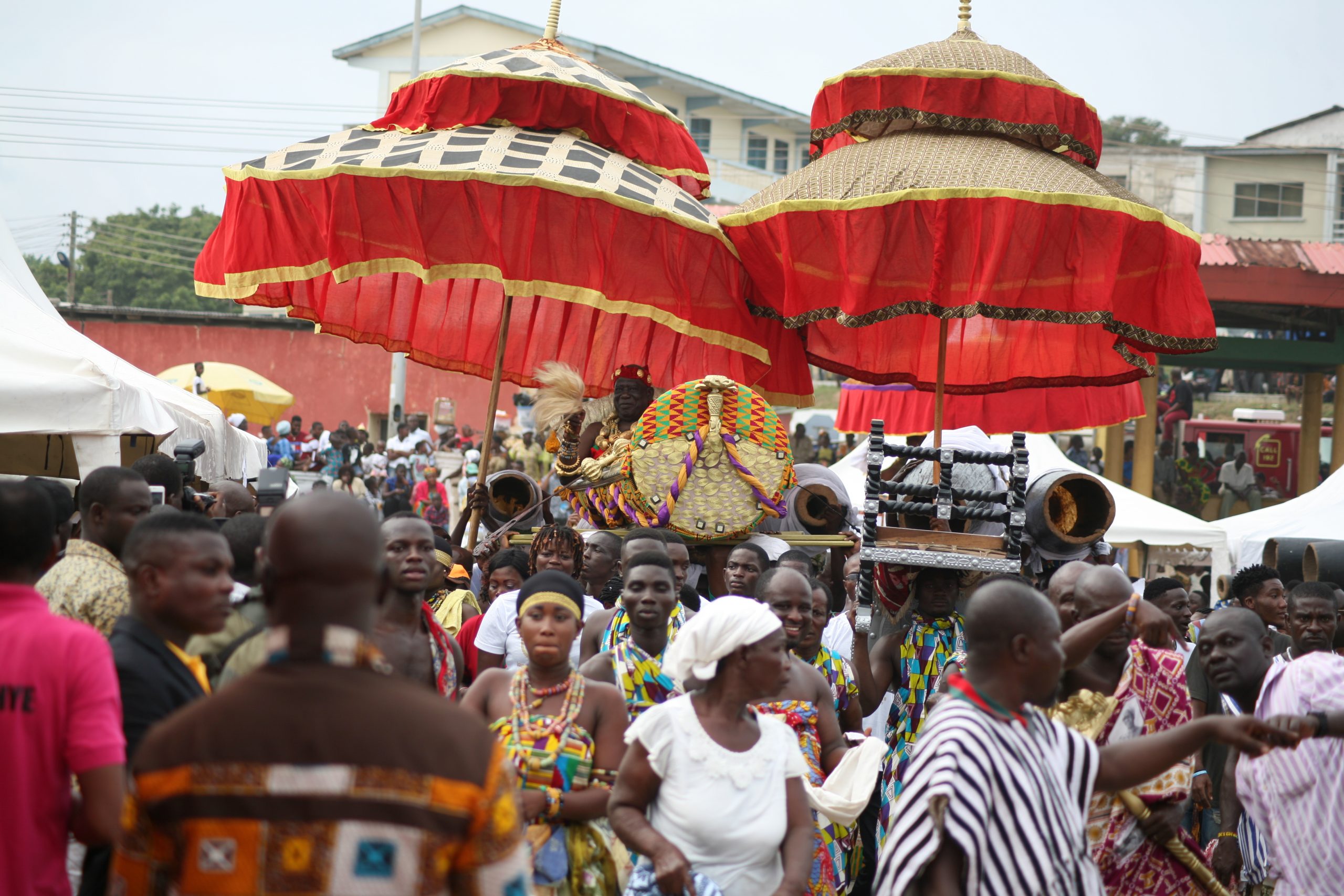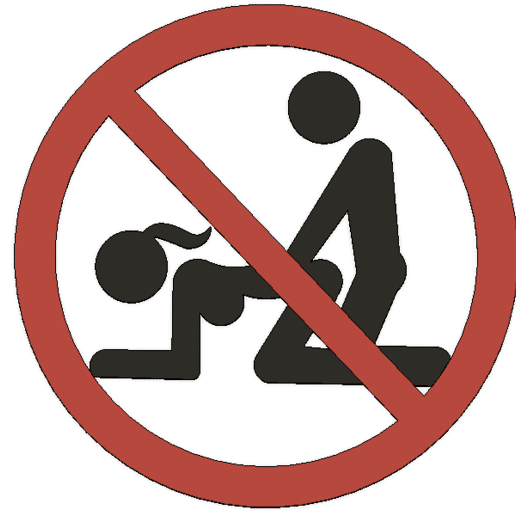The Ghanaian climate is one of the funniest, in our own sense of funny. It comes in two packages; the “geographical climate” as every country has, and the “social climate” which we only have (or maybe share with our Nigerian brothers). Whereas most countries’ climate consists of four weather seasons, ours is just two. So technically, we have just two seasons; the rainy season, and the dry season affectionately known as harmattan – no autumn or spring or summer winter. Despite this grim truth, the Ghanaian’s social climate has four seasons just like the West. So we have Ghanaians who buy winter boots, and coats to wear in Ghana, and everyone is putting their summer body in shape – for social media of course. But that doesn’t change the fact that all we have is just the rainy, and the dry harmattan season.
It would have been all laughs if the rainy seasons typical of May-July were just as “mild” as the lip-cracking harmattan of December to February, but it’s not. The rainy season always happens to leave sad memories behind every single time for the past 21 years. Between the years of 1997 to 2018 Ghana has experienced some approximately 22 major floods, and one would expect that something should have been done by now to avert this unpleasant event, but that has not been the case. Two years ago there was a flooding cum fire outbreak in the heart of the capital which rocked millions to the core, it was so tragic that the day has been set aside as a memorial. Nonetheless, should there be such a downpour again we may still be faced with a similar outcome due to poor preventive measures taken. People don’t need to die even if they find themselves in flood prone zones. It doesn’t even matter if they chose to be there against all caution, or if they happen to live in a slum. If we are going to save lives, then we will have to prepare ahead of time so we are not taken by surprise again in the event of a flood or a heavy downpour which could result in a possible flood. Here are a few things to do if should you find yourself in an area that could be flooded in the event of a heavy rain.
First of all, you need to get yourself an emergency kit mostly in a portable backpack which you can easily pick up the moment there are signs of a flood. The backpack emergency kit should contain enough water to last at least 3 people 72 hours. You will also need a flashlight, medications/ a first aid kit, non-perishable food for 72 hours, extra cash, copies of important personal documents, a fully charged spare cell phone or two, contacts of close relatives and other emergency contacts, and if possible a multipurpose tool. This kit will be of great benefit to you should your home be flooded, and you are stuck in the wreck with no help coming soon enough, or should you manage to survive a flood but lose almost everything else.
The next thing to do if you are indoors in the event of a flood or downpour which could lead to one is to turn off all electrical gadgets and the main metre board if possible. Water is a good conductor of electricity, and should the flood waters in your home come into contact with electric power then someone is definitely getting electrocuted.
If you live in a vicinity which you think can be flooded, one of the few things you can do towards curbing just how flooded your home will be is to regularly clear the drains and gutters in there of any filth. Mostly, it’s the debris in the flood waters that causes a lot of harm. You could have very sharp equipment which could hurt someone moving along with the waters of the flood just because someone forgot to keep the environment free of filth.


















